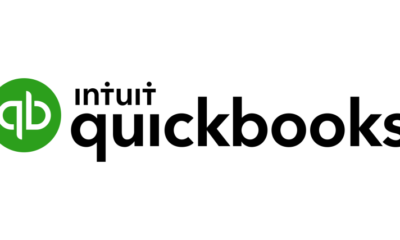Before we go ahead and discuss the best practices for onboarding, let us quickly go over what is onboarding and why is it important to ensure its effectiveness. Onboarding, also termed Organizational Socialization is a process in which recruits are introduced to the firm by undergoing activities that have been organized for them and learning about the company’s culture, goals, and values.
Research suggests that an effective onboarding process often results in an upgraded performance and an increased involvement of employees. This process is quite a massive focus considering the growing trend of hybrid work.
Here are a few suggested onboarding practices that might be helpful for both the new employees and the managers.
- Orientation: It plays a massive role in setting the pace for a new employee by updating them on plans and progress of the company for the first couple of days with the sheer help of:
- Corporate information
- Sales and business plans
- Goals and objectives via eLearning modules and also some instructor-led training
- Compliance training
- Friendly mentors
- Functional training: It allows new employees to acquire an outline of the services and products offered by the company. Such training sessions may prove to be useful in the long-term as the chances of new employees getting accustomed to the company’s operations from the initial days themselves are high. System and role-specific training are a few tools used to achieve that.
- Role-specific clarification session: It involves a brief but specific discussion between the new recruitee and the manager in terms of expectations, priorities, deliverables, and so on.
- Team assimilation: Team sessions and work-style preferences provide accurate information about the team and the organization, and hence are a must to make them understand the team’s expectations toward their work.
- Assessment: A leadership assessment helps to check if the work style of the new hire is in harmony with the company’s work style.
But these practices are a must-have for any employee, irrespective of the company or the role. As a result, the foregoing commonly recommended practices fail to satisfy even the minimal point of friction any new employee faces, predominantly in the case of a distributed work environment.
Here are a few more onboarding practices to subsume along with the pre-existing ones:
- Maintaining a company dictionary: To familiarize the new employee with the Company’s lingo, quarterly business report(QBR), and annual recurring revenue(ARR), a company dictionary can be maintained, which will be easily accessible even to the new employees just by using simple tools such as digital spreadsheets, a mobile-friendly communication platform, etc.
- Offering a group of subject-matter experts: Within the company, there definitely might be some people who have a thorough knowledge of sudden aspects of the organization and are also eager to help the newbies. In such cases, an SME directory can be formed, and the new hires would not have to depend only on the manager and a given time to resolve their issues.
- Introducing silo breakers: For an employee, their team represents the entire organization and based on that they can describe if the work environment is friendly or not. Hence, in that case, organizing a few programs such as virtual happy hours, team lunches, etc. where everyone from the entire organization comes together to talk about every other aspect apart from business talks might help the new hires to get comfortable with the work environment.
- Time for self-reflection: Provide some spare time for them to analyze if the new job role is satisfactory to them or not. This could be done with the help of a few questions delivered by LMS, emails, or chats targeting not only their jib readiness but also their mindset and confidence level toward the role.
Conclusion
Since the onset of the COVID-19 pandemic, remote work has been normalized. Hence, if a team consists of a mix of the hybrid workforce, it becomes mandatory to adapt the company’s onboarding processes to accommodate that. Therefore, at least once a day the managers should reach out to them, and enquire about their requirements. Managers and supervisors must be trained to help the new hires adjust to the remote work environment and also understand the company dynamics. In addition to the previously mentioned practices, an employee assessment program can also be held to prioritize their mental health and well-being services.
Must See
-
Other Sports
/ 5 months agoTransfer: Galatasaray target January move for Onyedika
Turkish Super Lig champions Galatasaray are lining up a January move for Club Brugge...
By Amaka Esther -




Other Sports
/ 5 months agoMan Utd too big for you – Ten Hag told to leave club
Former Tottenham Hotspur star, Darren Bent has claimed that Manchester United are too big...
By Amaka Esther -




Other Sports
/ 5 months agoEPL: Yorke tells Ten Hag not to allow Man Utd star near first team
Manchester United legend Dwight Yorke has told manager Erik ten Hag not to allow...
By Amaka Esther


